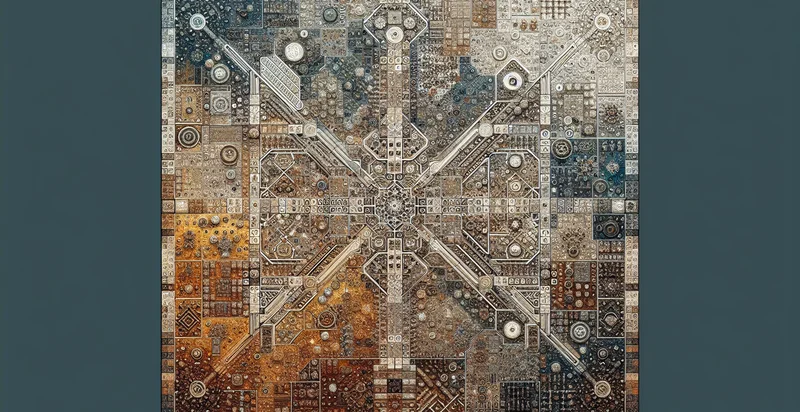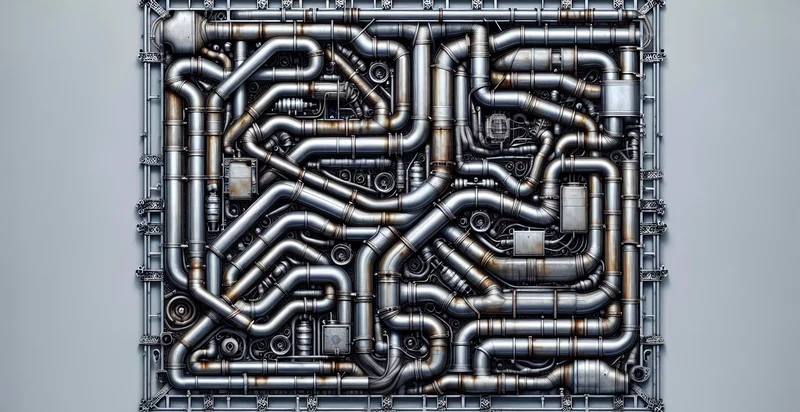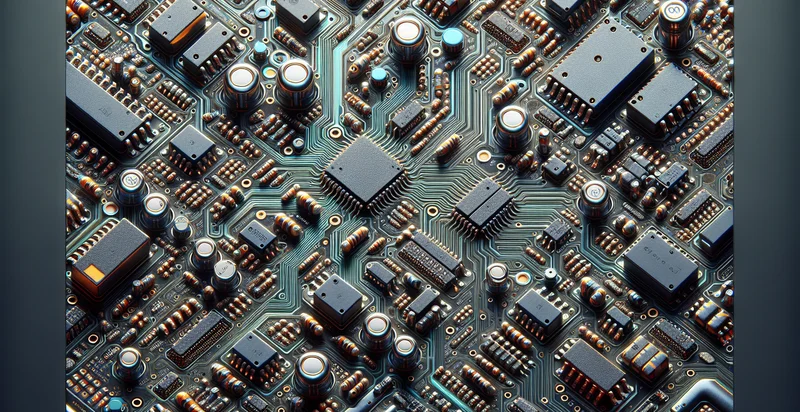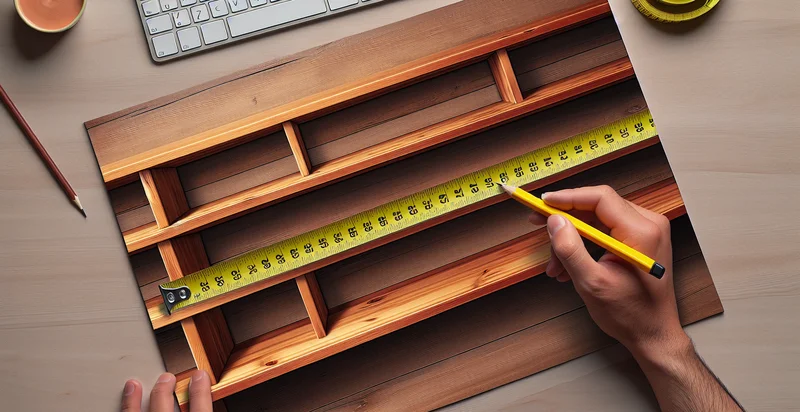Identify board layout type
using AI
Below is a free classifier to identify board layout type. Just upload your image, and our AI will predict what type of board layout it is - in just seconds.

Contact us for API access
Or, use Nyckel to build highly-accurate custom classifiers in just minutes. No PhD required.
Get started
import nyckel
credentials = nyckel.Credentials("YOUR_CLIENT_ID", "YOUR_CLIENT_SECRET")
nyckel.invoke("board-layout-type", "your_image_url", credentials)
fetch('https://www.nyckel.com/v1/functions/board-layout-type/invoke', {
method: 'POST',
headers: {
'Authorization': 'Bearer ' + 'YOUR_BEARER_TOKEN',
'Content-Type': 'application/json',
},
body: JSON.stringify(
{"data": "your_image_url"}
)
})
.then(response => response.json())
.then(data => console.log(data));
curl -X POST \
-H "Content-Type: application/json" \
-H "Authorization: Bearer YOUR_BEARER_TOKEN" \
-d '{"data": "your_image_url"}' \
https://www.nyckel.com/v1/functions/board-layout-type/invoke
How this classifier works
To start, upload your image. Our AI tool will then predict what type of board layout it is.
This pretrained image model uses a Nyckel-created dataset and has 25 labels, including Artistic, Asymmetrical, Circular, Closed, Dynamic, Freeform, Functional, Grid, Hexagonal and Interactive.
We'll also show a confidence score (the higher the number, the more confident the AI model is around what type of board layout it is).
Whether you're just curious or building board layout type detection into your application, we hope our classifier proves helpful.
Related Classifiers
Need to identify board layout type at scale?
Get API or Zapier access to this classifier for free. It's perfect for:
- Quality Control in Manufacturing: The false image classification function can be implemented to identify incorrect board layouts in printed circuit board (PCB) manufacturing. By automatically flagging non-conforming layouts, the system can reduce defects, improve product reliability, and minimize costly rework.
- Automated Assembly Line: In automated assembly lines, this function can be integrated to verify that the correct board layout type is present before assembly begins. This ensures that only the right components are attached to the correct boards, enhancing operational efficiency and preventing assembly errors.
- Electronic Design Verification: Engineers can utilize the function to validate PCB designs against predefined layout types during the design phase. This helps in early-stage identification of errors, ensuring compliance with design specifications and reducing the likelihood of costly changes later in the production process.
- Supply Chain Management: Companies can leverage the function to verify incoming PCB components against expected layout types from suppliers as part of quality assurance. This step ensures that only compatible materials are used in production, preventing delays and enhancing supply chain efficiency.
- Field Support and Troubleshooting: Technical support teams can employ the classification function to quickly identify the board layout type when addressing customer issues related to hardware malfunctions. This expedites troubleshooting processes and allows for better-targeted solutions based on the specific board type.
- Inventory Management: Inventory management systems can integrate the false image classification function to automatically categorize incoming and existing PCB inventory by layout type. This enables efficient tracking, easier retrieval of components, and better organization of storage facilities.
- Training and Simulation: The function can be used in training environments to teach new engineers or technicians about different board layout types. By providing real-world examples and instant feedback on classification, it helps facilitate learning and understanding of PCB design and manufacturing best practices.


